We put you in the context, understand everything about entomophagy
Tonight it’s cocktail hour and you’re invited to a friend’s house, and exceptionally, you’ve FINALLY found a subject that your friends haven’t mastered: edible insects and entomophagy! In fact, you’ve planned ahead, and your box of yellow curry crickets is waiting on the living room table.
Here’s some information to show off to your friends!
Insect farming means 99% less greenhouse gas emissions than conventional cattle farming. In fact, crickets, molitors and crickets emit almost no greenhouse gases (CO2, methane, etc.). Not bad, eh?
Forget about hunting crickets in the middle of the field! Our edible insects are raised in farms specially designed for them, on a substrate adapted to their species and in temperature and humidity conditions optimised for their growth. This is one of the major advantages of insects and entomophagy: they require very little space.
According to several reports by the FAO (United Nations Food and Agriculture Organization), 70% of the world’s arable land is already being used to feed the livestock we eat. To feed 9 billion people in 2050, we would have to be able to double the amount of land currently being farmed, which is of course impossible. So imagine if some of this space were devoted to insect farming, which uses up to 12 times less food to produce an equivalent amount of protein?
And even more, according to some WHO reports, which even speak of over 10 billion! So how can we meet the needs of such a large population without depleting the planet’s resources? Insects are part of the solution, along with the reduction of food waste and other more sustainable sources of protein: microalgae, plants, etc.
They say that everything small is cute, but they don’t say that small also transforms energy very well! Insects are experts in this field, as they are able to produce large quantities of protein from little food. Indeed, by nature, they do not need to heat their bodies, which saves them a lot of energy!
Crickets are among the protein champions, but locusts and molitors are not far behind with over 50% protein when the insect is dehydrated. By way of comparison, beef contains an average of 55 g of protein per 100 g, and chicken about 20 g. Small but mighty insects!
If you think it’s weird to eat insects, don’t worry, you’re not alone! About a third of humanity is entomophagous and regularly consumes insects, from Japan to Mexico, via France (with JIMINI’S of course), edible insects can be found in more than a hundred countries, on all continents.
That’s a lot of insects to try! We probably won’t be able to offer you all of them at JIMINI’S, even though we would have loved to, but it’s nice to know. Entomophagy, a world of discovery!
Insects are everywhere! A study has shown that on average, a European eats 500g of insects without knowing it, in the form of small pieces in his daily diet: fruit juice, vegetables, bread, cakes, fruit etc. We are at several kilos, but that’s another story…
And we end with one last piece of information: as insects have no bones or cartilage, they are almost entirely edible (99%), which avoids the production of waste and makes it easier to transform them into food.
So there you have it, you’re all set for the next cocktail party and socialising, and you know a bit more about the benefits of edible insects!
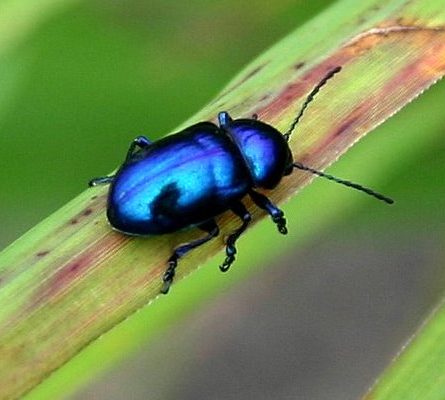
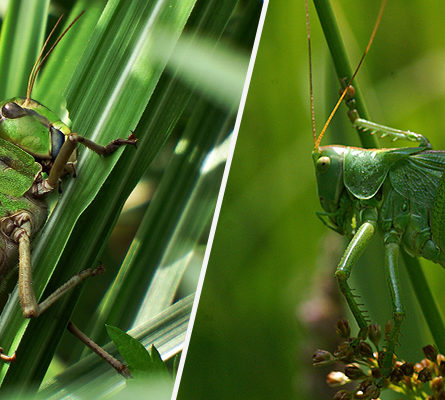

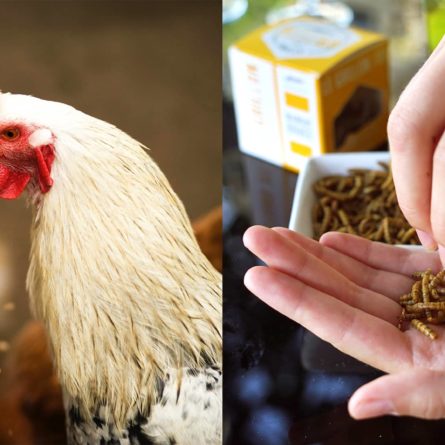
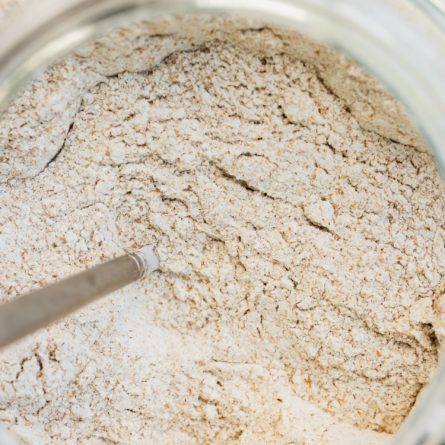
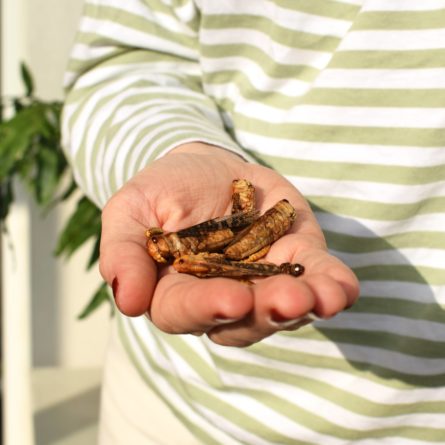
Be the first to post a comment